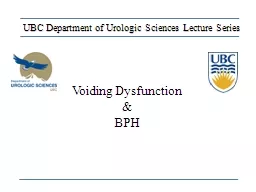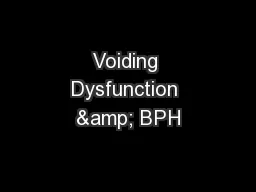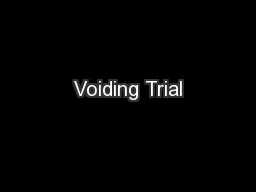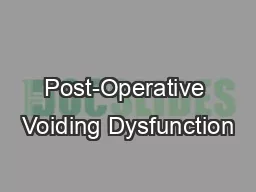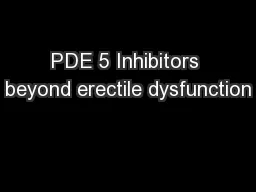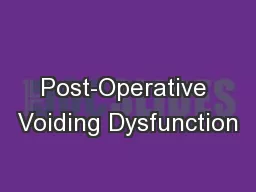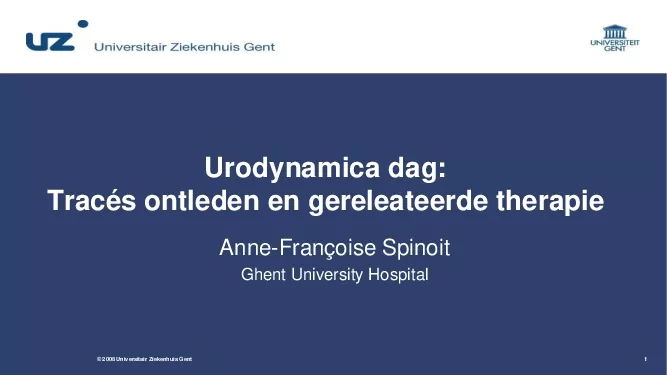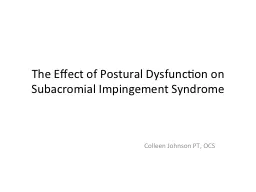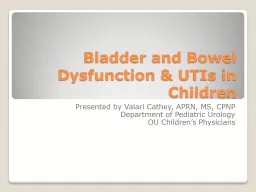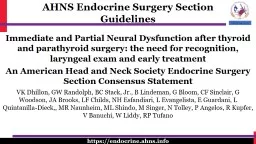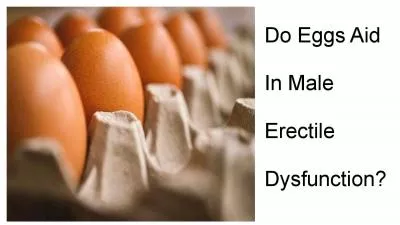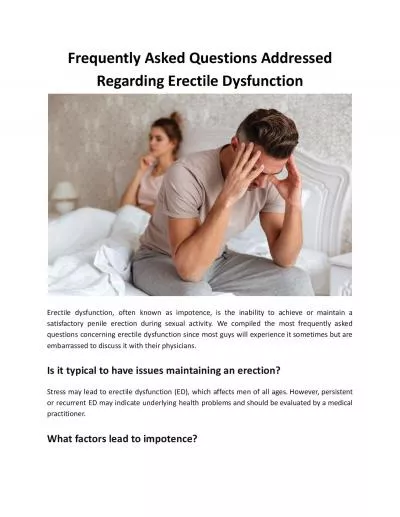PPT-Voiding Dysfunction
Author : olivia-moreira | Published Date : 2016-03-31
amp BPH UBC Department of Urologic Sciences Lecture Series Objectives Today 1 Anatomy of the lower urinary tract A Innervation of the bladder B Normal voiding
Presentation Embed Code
Download Presentation
Download Presentation The PPT/PDF document "Voiding Dysfunction" is the property of its rightful owner. Permission is granted to download and print the materials on this website for personal, non-commercial use only, and to display it on your personal computer provided you do not modify the materials and that you retain all copyright notices contained in the materials. By downloading content from our website, you accept the terms of this agreement.
Voiding Dysfunction: Transcript
Download Rules Of Document
"Voiding Dysfunction"The content belongs to its owner. You may download and print it for personal use, without modification, and keep all copyright notices. By downloading, you agree to these terms.
Related Documents

